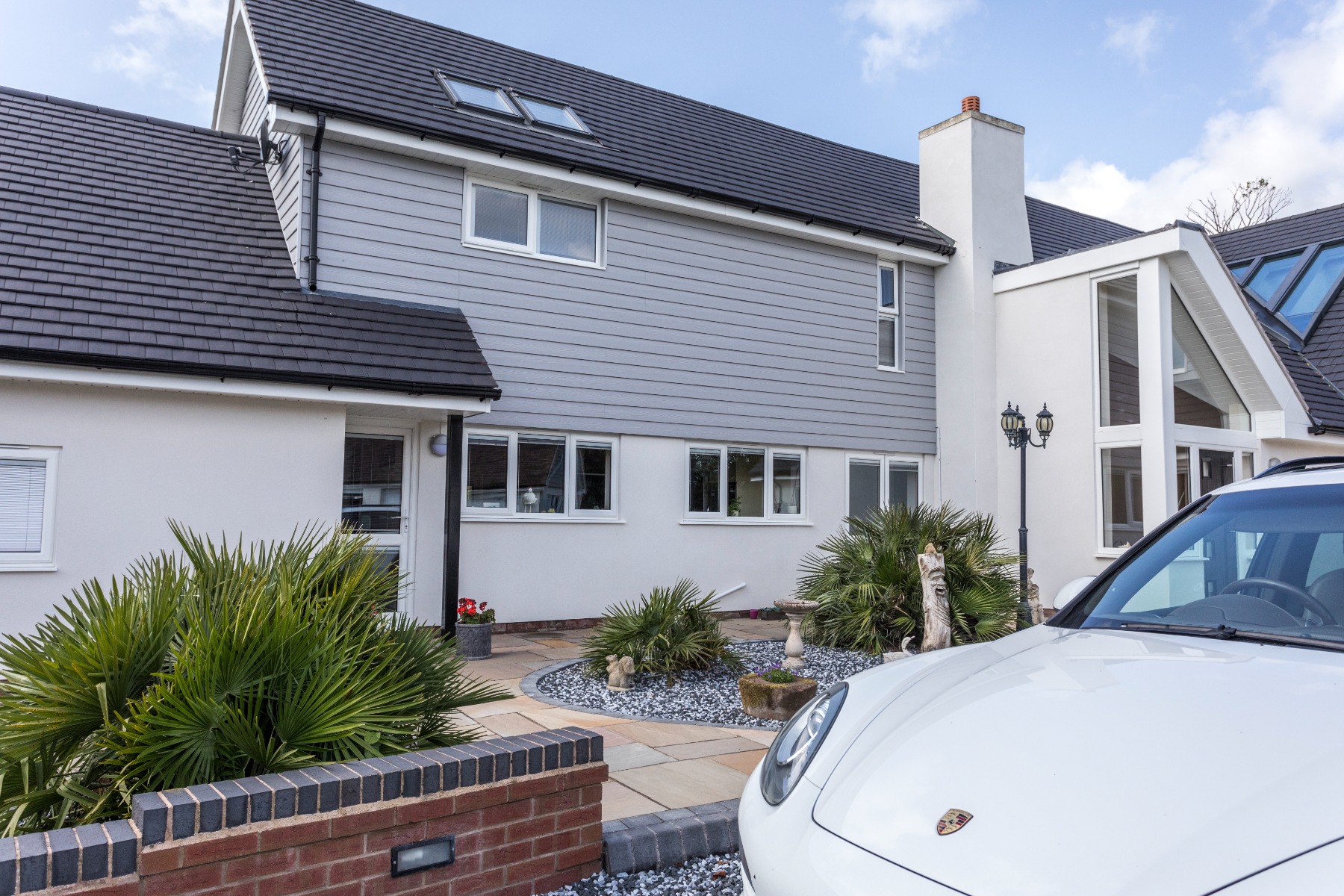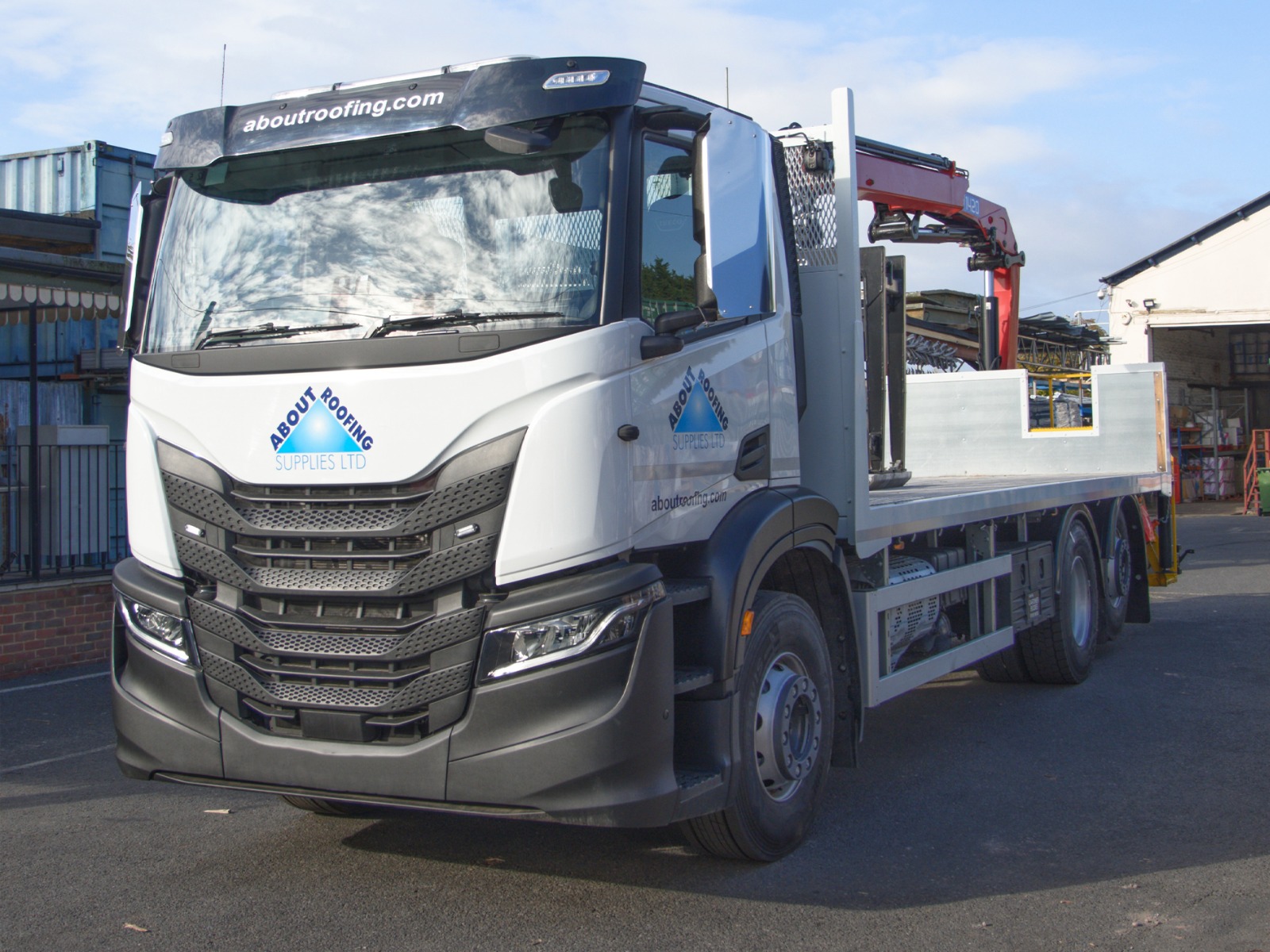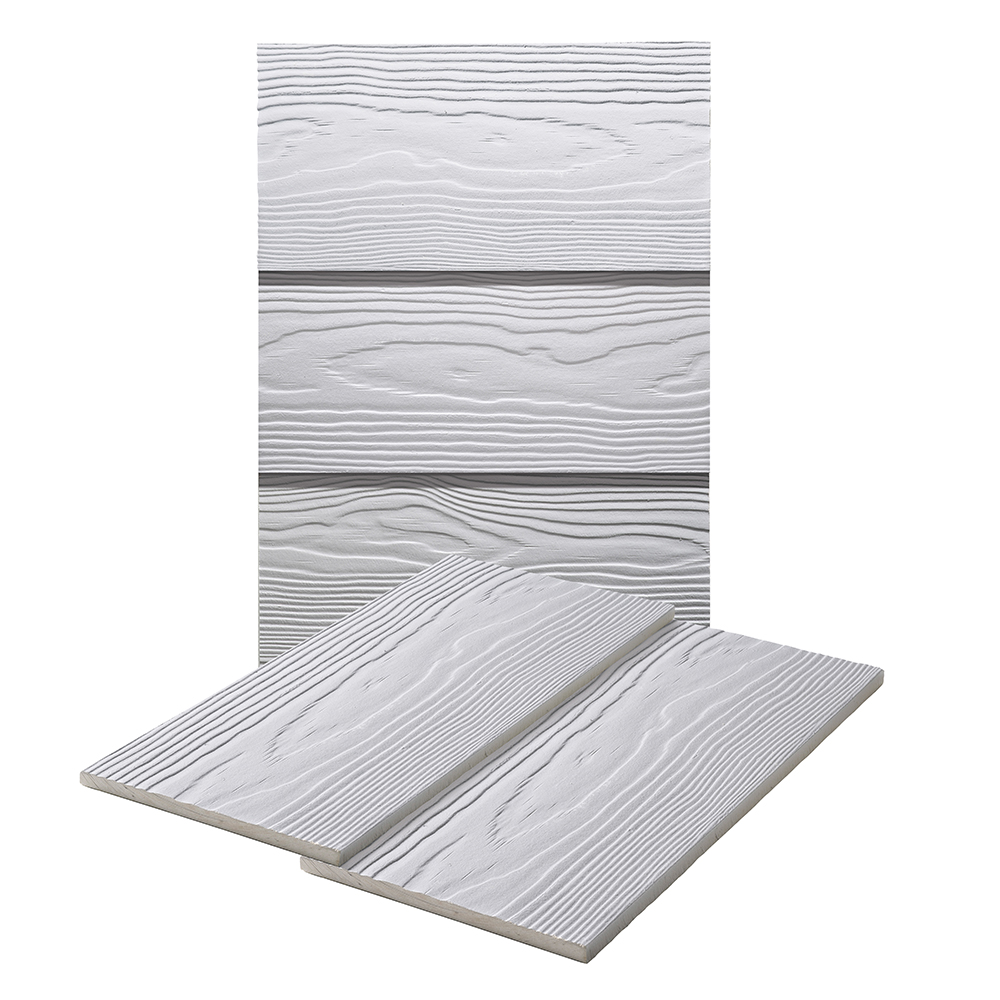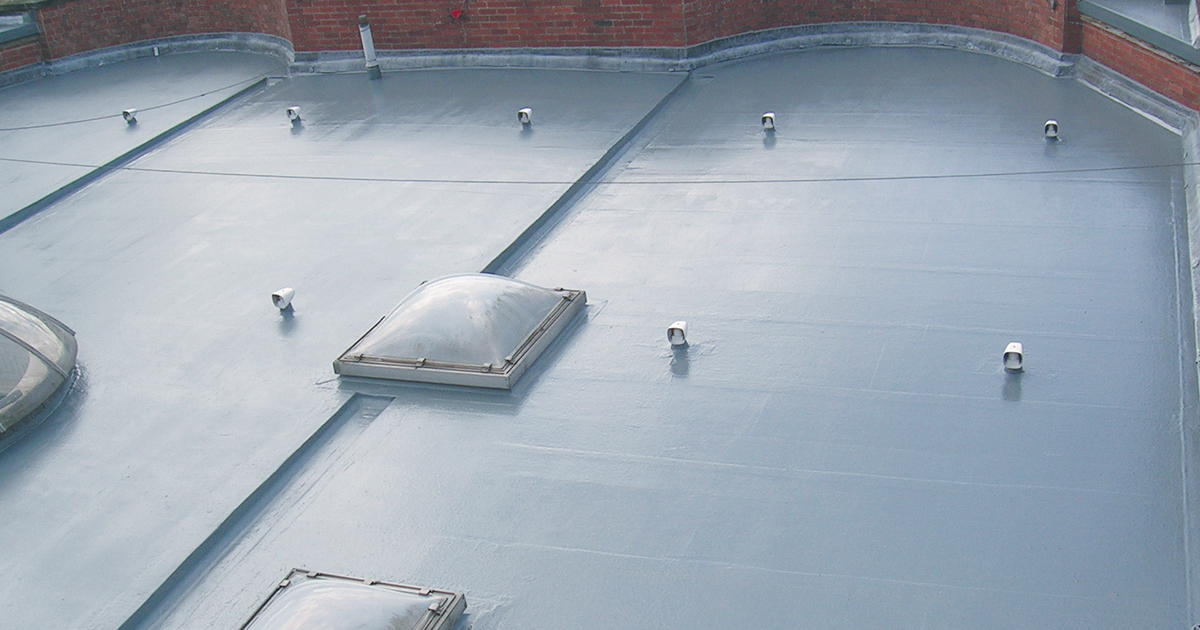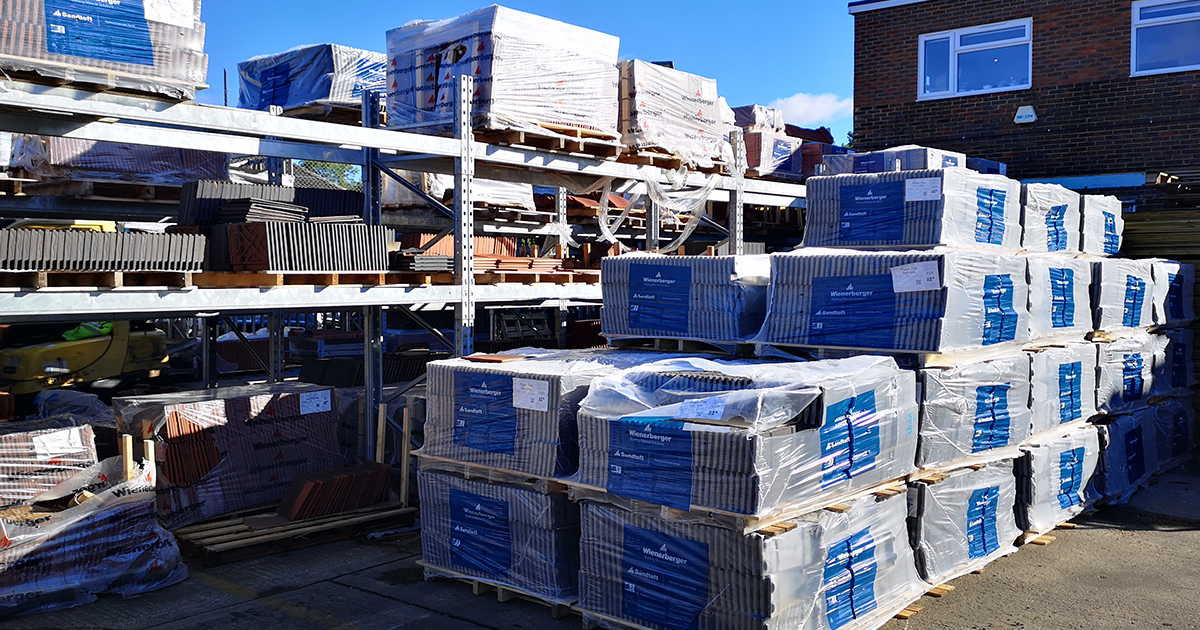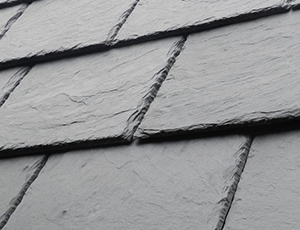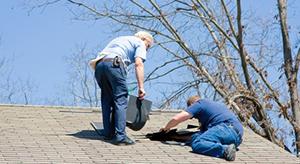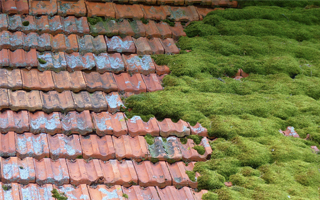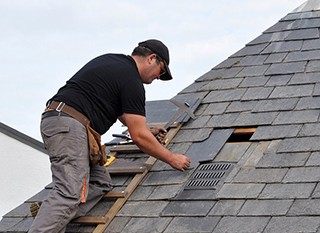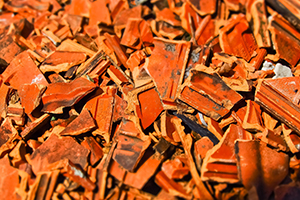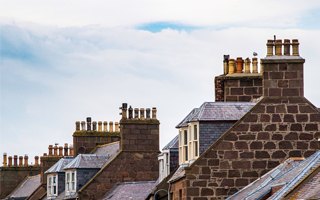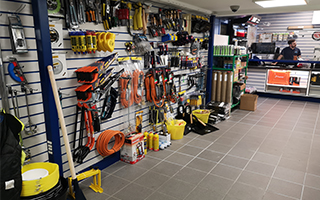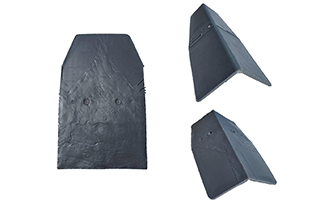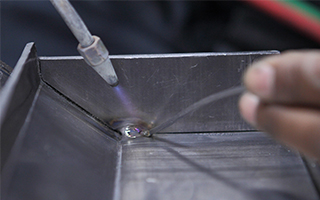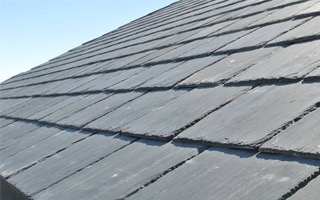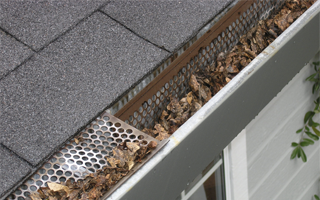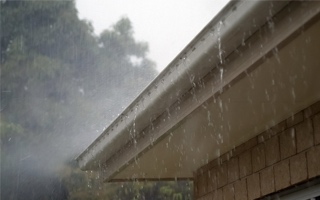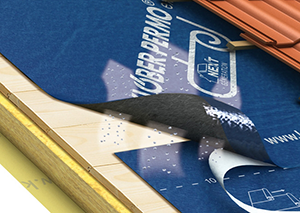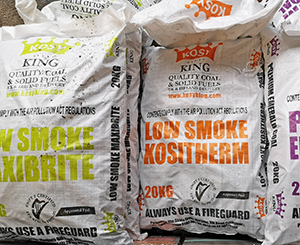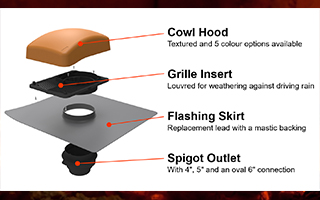About Roofing Supplies Definitive Guide to Smokeless Coal
If you use house coal, you could consider choosing an approved smokeless fuel with a low sulphur content instead of traditional house coal as an alternative.
Smokeless fuel (or anthracite) burns with less smoke that coal but some mixtures with petcoke ( a waste product from oil refineries) can contain high quantities of sulphur: Make sure that your smokeless fuel is a low-sulphur type authorised for use in Smoke Control areas.
Currently there is no legal requirement to label fuels by sulphur content, but fuel approved for use inside smoke control areas must have less than two percent sulphur. Some smokeless solid fuels that are marketed for sale outside smoke control areas have a sulphur content that is significantly higher and should be used with caution.

High sulphur content fuels are harmful to human health and the environment, as sulphur is acidic and in combination with other gases in the atmosphere can be corrosive and can also cause damage to stoves and chimneys.
Due to their high carbon content, burning coal and many types of smokeless fuels has a very large climate impact compared with other fuels. Many people burn responsibly sourced, kild dried wood or similar products as a more enviromentally friendly alternative.
Browse our range of smokeless coal
To discuss pricing and the availability of winter fuels, please call us on 01737 763008 or email us here.
Where can I find winter fuels near me?
You can view and order our range of winter fuels in any of our branches listed below or we can deliver nationwide:

